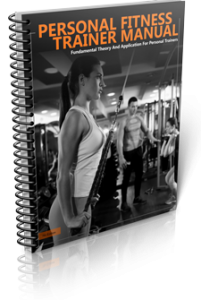
So exciting!!! Getting pregnant is one of those life changing events that will impact your daily life. Since it is such a big deal, it can also be nerve wrecking on what to do, what not to do, and everything else in between. As a trainer, I have seen many pregnant women continue to embrace their healthy lifestyle and also some that completely shy away from it. First and foremost, you will want to consult with your physician as every person and every pregnancy is different. Once you have your doctor’s stamp of approval, you can enjoy working out and reap the many benefits that come along with it.
During pregnancy, the body starts to take on different physical and hormonal changes. Some of them can create discomfort and make it an easy excuse for you to want to avoid any activity. Staying active has a multitude of benefits and can even help you bounce back more quickly to your pre-baby body. According to the American Council of Sports Medicine (ACSM), exercising while pregnant can help you in the following ways:
- Reduce backaches, constipation, bloating and swelling
- Prevent and/or treat gestational diabetes
- Alleviate musculoskeletal issues such as low back pain
- Reduce fatigue, stress and anxiety
- Lower the risk of preeclampsia (also known as toxemia)
 With all of these great benefits, I’m sure you are ready to implement exercise regularly to keep mommy and baby healthy. Before you jump right in, make sure you create a plan that will also keep you exercising safely. Here are my top 7 guidelines you can follow to keep you on the right track.
With all of these great benefits, I’m sure you are ready to implement exercise regularly to keep mommy and baby healthy. Before you jump right in, make sure you create a plan that will also keep you exercising safely. Here are my top 7 guidelines you can follow to keep you on the right track.
- Women just beginning a workout program should take it slowly. Start off by going on short walks or if you are lifting weights start off light. The key is to pay attention to your rate of perceived exertion (RPE). If your heart is pounding and you are feeling breathless, it is a good sign that you need to dial back your intensity.
- For those women that were previously active, they should be able to continue with their current exercise program during the first trimester. Moving into the second and third trimesters, it is advised to reduce the intensity, duration, and frequency of exercise.
- Once the second trimester has arrived, exercises done in a supine position should be avoided to prevent fetal hypoxia. This can easily be remedied by doing exercises standing up or in an inclined position like on an incline bench.
- Extended warm-up and cool-down times with stretching incorporated allow for the body to ease into and out of workouts.
- Avoid activities that could increase the risk of falls. Running on a flat surface like a track or treadmill would be a better option than trail running.
- Wear supportive shoes and a supportive bra to make working out more comfortable.
- Listen to your body. If you feel any pain or discomfort, it is advised to discontinue that activity.
Do you have any fun exercises that you have tried while pregnant or with a pregnant client?







